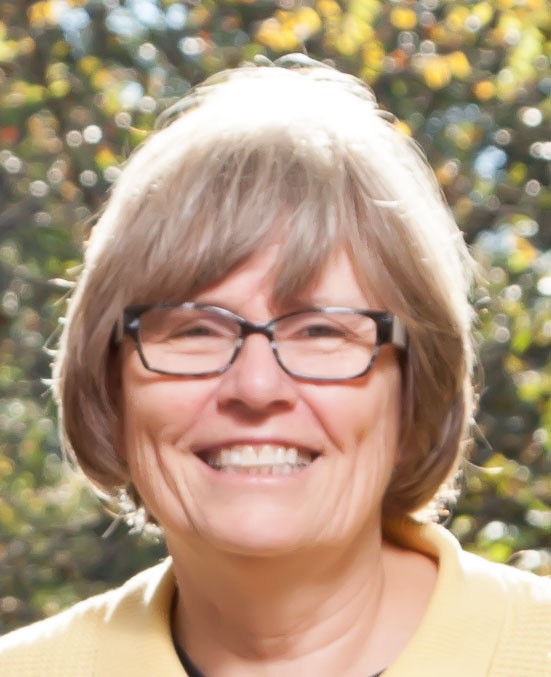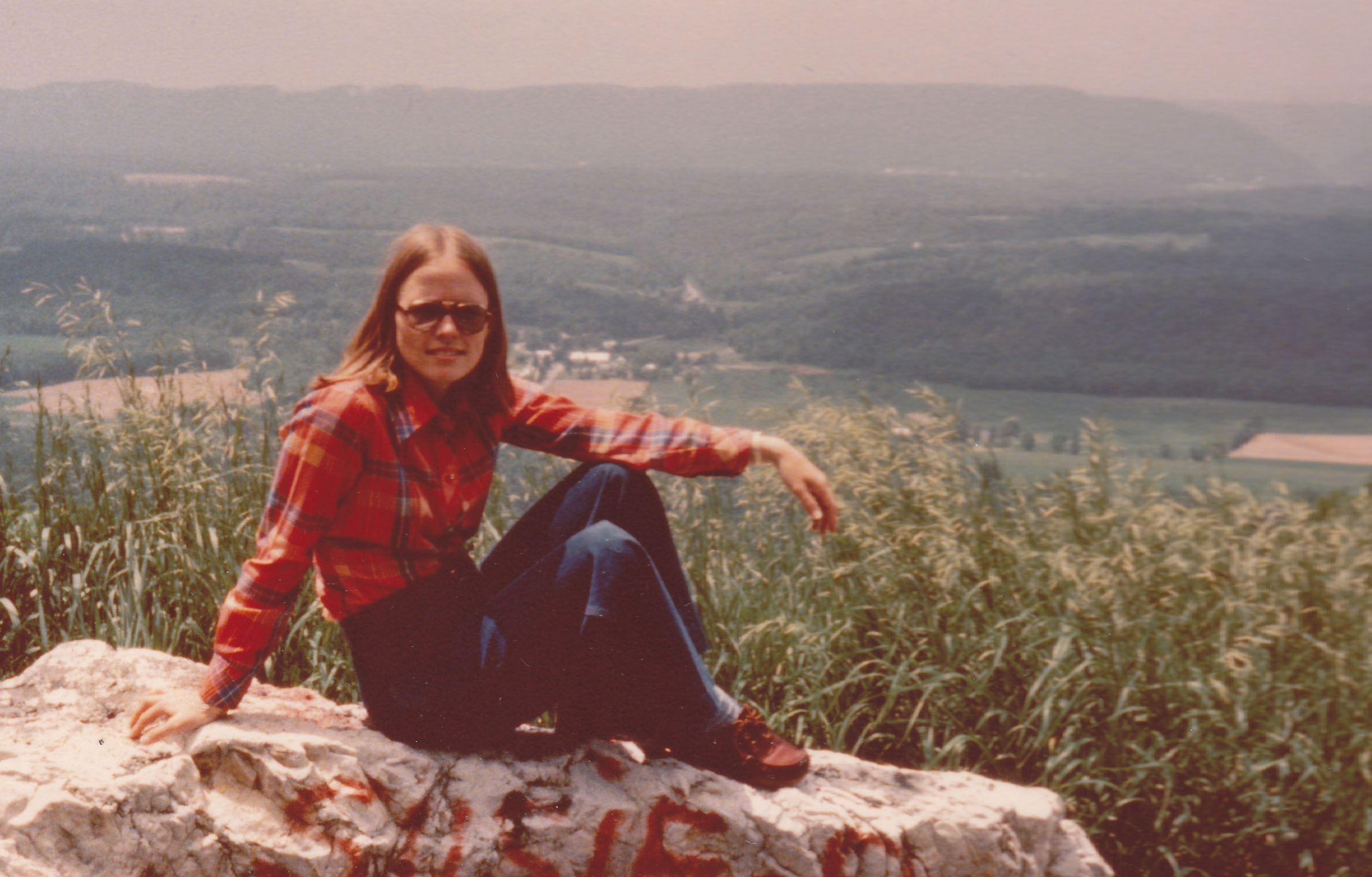My professional journey has literally been a trip from here to there in the library world. It all started when I went to library school directly from my undergrad program in 1975 -one of the best choices I ever made.
What was the library world like in the late 1970s? The ’70s were information-rich with bound books full of knowledge. I learned to leverage the resources, whether it was doing reference or interlibrary loan. I started out at Carnegie Library of Pittsburgh, the granddaddy of all Carnegies, as a science librarian. It wasn’t all low tech, as there were dial-up computers. I quickly stopped searching Chemical Abstracts by hand and switched to database searching. The rapid automation of libraries for information searching led to significant advancement of library operations.
From Pittsburgh I headed to Houston, where I entered the world of a corporate librarian. The company was a geotechnical engineering firm and I continued to provide science information. The continued automation of library tasks was present in this new position. A colleague and I were tasked with re-cataloging the corporation’s entire library collection. Fortunately we didn’t have to this manually. This involved training in the Online Computer Library Center (OCLC), an online resource for cataloging books and providing interlibrary loans. This was fine training in the library world of providing access to information.
There was a short pause in my library travels, though. I returned to Troy, Michigan and was expecting a second child. I didn’t work as a librarian at this time. I became something of a “power user” of my local Michigan public libraries, the St. Clair Shores Public Library and the Troy Public Library.
Once the children were school age we moved to Carmel, Indiana, where I worked as an instructional aide in an elementary school. Besides my hours coinciding with my children’s schedule, I increased my technology competencies with instructional software and local area network administration. This segued into my position at Indianapolis Public Library, where I provided instruction on the online catalog and Microsoft Office applications. Now I was skilled, not only in library tools like cataloging and databases, but with a background in operating systems and network administration.
My traveling was not over, because I next moved to Los Angeles, where I worked first for Burbank Public Library and then for the Los Angeles Public Library. I had returned to public libraries. Hallelujah! This is where I wanted to be, but it’s not the end of my story.
My final move was to return to Indiana to the great city of Indianapolis. Indiana – and Indianapolis in particular – has a great tradition of public libraries. I was blessed to be hired by Indiana State Library to be a public library consultant. It is the culmination of a career of public service with strong information skills. I offered the Indiana public libraries my expertise in public libraries, information and technology services.
I will retire shortly. I look back at libraries in the ’70s compared to libraries of today and I marvel at what must be in store for the future. I have never been static in the library profession and I won’t be static in retirement. I will continue my travels where destinations will be determined not by employment but the attraction of beautiful sights and public libraries.
This blog post was written by Karen Ainslie, public library consultant and state E-rate coordinator. For more information, contact the Library Development Office at (317) 232-3697 or via email.








